The Azure Data Engineer role is a rapidly growing field that is becoming increasingly important to businesses across the globe. With the help of Azure, data engineers can create and maintain powerful cloud services to help businesses make decisions based on large amounts of data.
This article will provide an overview of what it takes to become an Azure Data Engineer in 2023, including which skills are expected to be in demand, which tools and technologies are necessary for success, and best practices for working with big data. Additionally, this article will explore how staying up-to-date with new trends can keep you ahead of the curve as a data engineer.
- The Azure Data Engineer Roadmap Overview
- What skills are expected to be in demand in the near future
- Necessary tools and technologies for success as an Azure Data Engineer
- Best practices for working with big data
- How to stay up-to-date with new trends and technology related to data engineering
- How to get started on your path to becoming an Azure Data Engineer
- Conclusion
The Azure Data Engineer Roadmap Overview
The Azure Data Engineer Roadmap for 2023 is a comprehensive guide to becoming an effective data engineer. It outlines the skills and technologies needed to remain competitive in this rapidly growing field.
The roadmap also provides insight into what employers are looking for when hiring data engineers and best practices for working with large amounts of data.
What skills are expected to be in demand in the near future
What skills are expected to be in demand in the near future as an Azure Data Engineer? As the field of data engineering continues to grow, there is an increasing demand for professionals who can meet the challenges of working with large datasets and complex systems.
Some key skills employers are looking for include a strong understanding of programming languages such as Python and R, experience with technologies such as SQL/NoSQL databases and Azure Cloud services, and familiarity with data analysis techniques.
Necessary tools and technologies for success as an Azure Data Engineer
Azure offers a wide range of tools and technologies to help data engineers succeed in their roles. Some of the most important include HDInsight for data storage and analytics, Stream Analytics for streaming data processing, Data Factory for ETL/ELT solutions, and Machine Learning Studio for creating machine learning models.
Additionally, developers should be familiar with Visual Studio Code, the Azure CLI (Command Line Interface), and Azure PowerShell to help deploy and manage their solutions.
Best practices for working with big data
When working with large datasets, it is important to follow best practices for efficient and successful data engineering. This includes organizing your datasets into manageable chunks, utilizing data visualizations to understand your data better, applying the appropriate security measures to protect sensitive information, and leveraging automation and scalability options whenever possible.
Additionally, it is vital to use data-driven decision-making to ensure that your solutions are backed by evidence.
How to stay up-to-date with new trends and technology related to data engineering
The field of data engineering is constantly changing, which means it is crucial for professionals to stay on top of the latest trends and technologies.
A great way to do this is to attend conferences, take online courses, and follow key influencers in the field. Additionally, subscribing to relevant publications and regularly exploring new tools can help data engineers stay up-to-date with industry advancements.
How to get started on your path to becoming an Azure Data Engineer
The best way to start a career in data engineering is to develop a strong understanding of the fundamentals. This includes learning programming languages such as Python and R, mastering essential data storage and analytics tools, and becoming familiar with popular machine learning libraries.
Additionally, obtaining certifications in Azure and gaining hands-on experience with real-world datasets can provide invaluable experience for aspiring data engineers.
Conclusion
In conclusion, data engineering is a rapidly growing field with many opportunities for those who want to pursue it. Becoming an Azure Data Engineer requires a strong understanding of the fundamentals, including programming languages such as Python and R, essential data storage and analytics tools, popular machine learning libraries, certifications in Azure, and hands-on experience with real-world datasets.
Additionally, staying current on industry trends can help you remain competitive in this ever-changing landscape. With these tips and the right attitude toward learning new skill sets, anyone can become a successful Azure Data Engineer.
With the right combination of skills and experience, data engineers can use Azure to create powerful cloud services that help businesses make decisions based on large datasets. As the demand for these professionals continues to grow, now is an opportune time to develop a career in the field of data engineering.
With this Azure Data Engineer Roadmap, you will have all the tools and resources necessary to get started on your path to success.
Good luck!







Leave a Reply